How the Biden Administration Can Save More Rivers
Wild and Scenic Rivers are having a moment. And, while that moment is overdue, it’s also right on time.
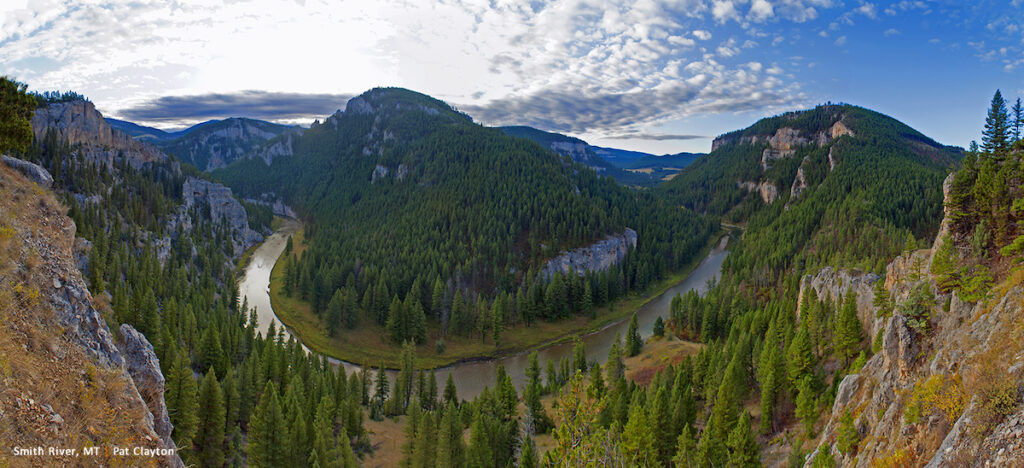
When President Biden took office earlier this year, American Rivers prepared a bold blueprint for action that calls on the administration to investment in rivers and clean water. Priorities in the next year include reversing rollbacks that hurt ecosystems and communities, improving how we manage floodplains, and investing in a national dam removal initiative. One of our most important calls to action — and the one that’s closest to my heart — is to protect exponentially more rivers under the landmark Wild and Scenic Rivers Act.
Wild and Scenic designations safeguard rivers against future activities — like mining, development, or dams — that could do harm to the many benefits a river provides, like clean water and wildlife habitat. Further, because they require stakeholder input, they bring communities together around shared concern and care for local rivers and streams.
Right now, bills to protect over 6,700 miles of proposed Wild and Scenic Rivers and streams are making their way through the Congressional approval process. That includes the River Democracy Act, which would designate over 4,600 river miles in Oregon in one fell swoop; legislation that would nearly double the number of river miles protected in Montana, and a long-awaited bill to safeguard streams on Washington’s Olympic Peninsula.
Given that the total miles of protected rivers nationwide is just under 13,000, these new protections represent a 50 percent increase in the entire Wild and Scenic Rivers System. That’s pretty impressive.
Wild and Scenic designations don’t happen on a dime. They’re usually the hard-won result of people—everyone from passionate river lovers and business leaders to conversation groups and tribes— working together to make them happen. Most often, they’re the product of decades of trust building, stakeholder input and collaborative development.
While it feels like something is in the air for Wild and Scenic Rivers these days — or maybe in the water — current efforts are riding on decades of work. The Gila River in New Mexico, for example, was first proposed for addition to the National Wild and Scenic Rivers System by Congressmen Manuel Lujan Jr., a Republican, and Harold Runnels, a Democrat, way back in 1974. The Gila is today once again proposed for protection.
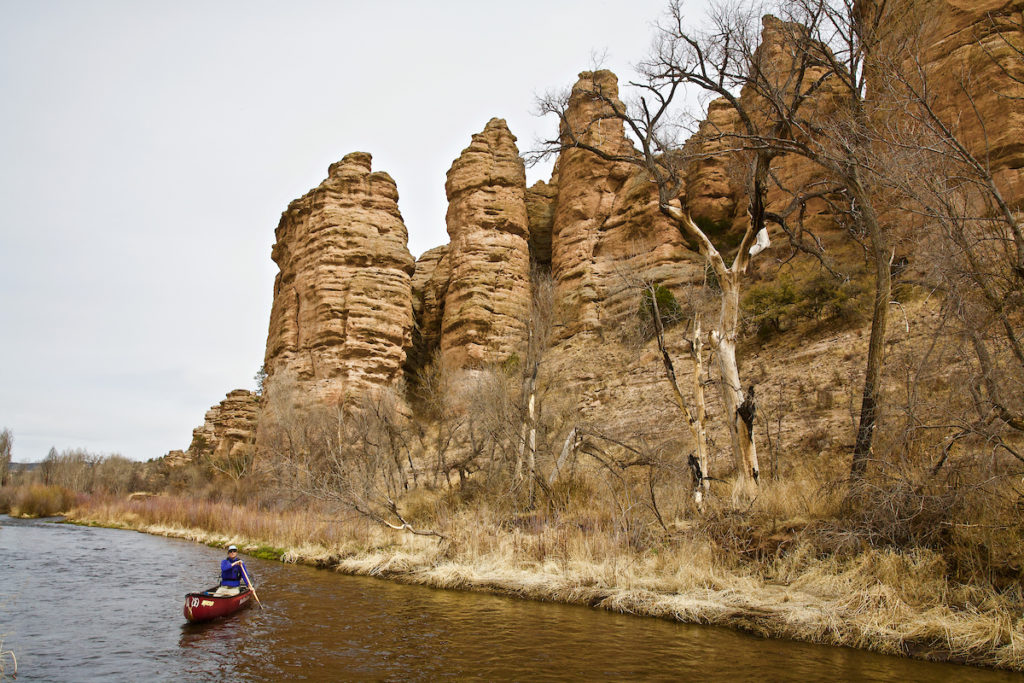
So Wild and Scenic Rivers are having a moment. And, while that moment is overdue, it’s also right on time. Rivers in America remain vulnerable to damming, mining, oil and gas development, and other development pressures. Protections for our last, best rivers — these critical suppliers of clean water, vital habitat, reprieve and sanity — should be a top priority of the Biden administration. And, there’s a lot the administration can do. For starters, it should:
- 1. Issue an Executive Order calling for protection of rivers and riverside lands by doubling the size of the National Wild and Scenic Rivers System as a part of protecting 30 percent of Earth’s natural areas by 2030 (30 x 30) — and as a climate resilience strategy. Early progress can be made toward this goal by actively supporting the pending Wild and Scenic River bills in Congress.
- 2. Issue an Executive Order that directs each federal agency, as part of its normal planning and environmental-review processes, to emphasize the importance of identifying rivers with Wild and Scenic potential and to avoid or mitigate adverse effects on rivers identified as eligible for Wild and Scenic River designation under land-management plans or the Nationwide Rivers Inventory, until Congress has acted on their consideration.
- 3. Dedicate additional funding and personnel resources to the protection and management of Wild and Scenic Rivers.
We’re ready to work with the Biden administration on these and other important ways to protect and preserve the rivers that are so very key to the history, and future, of our country.

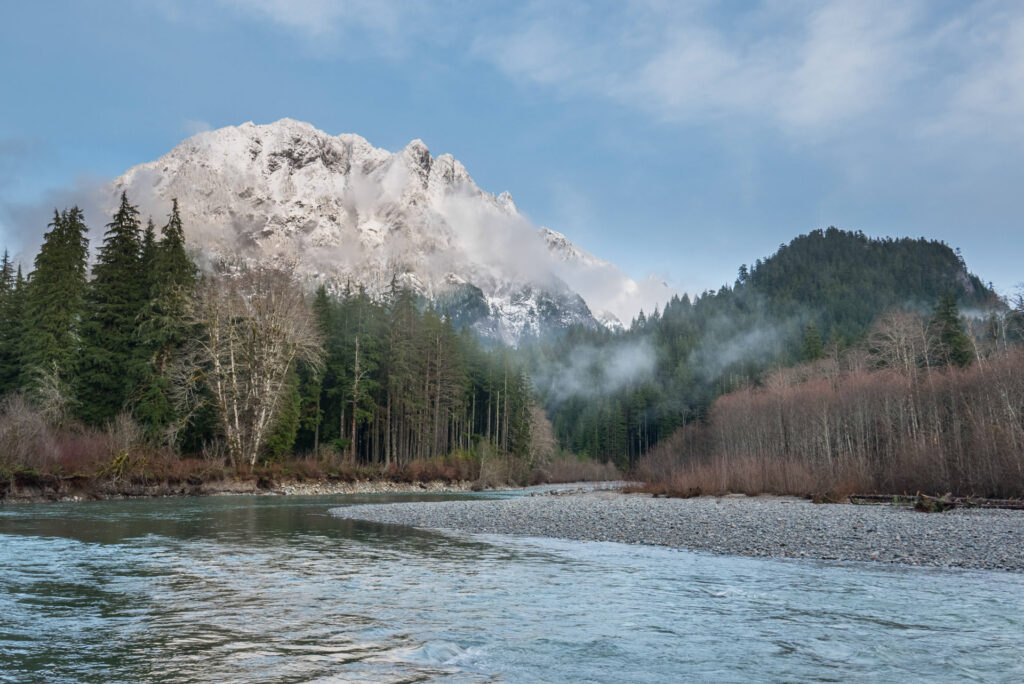
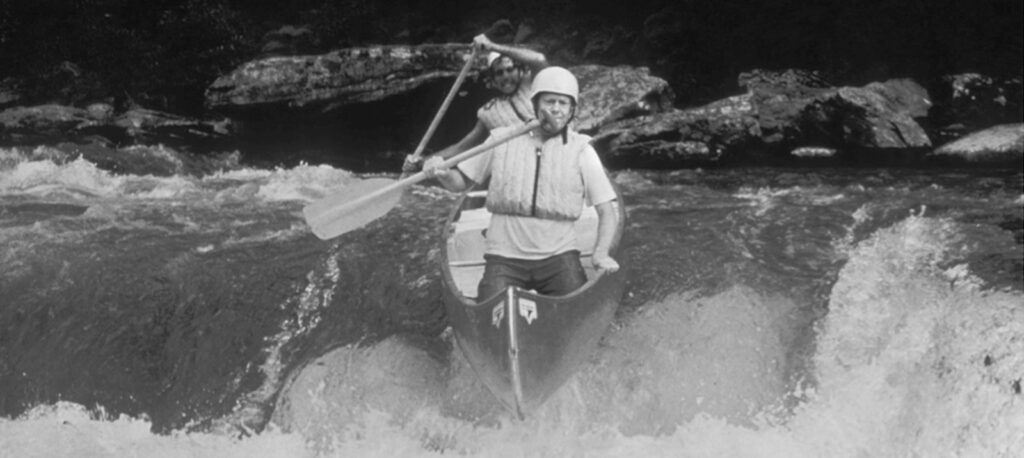
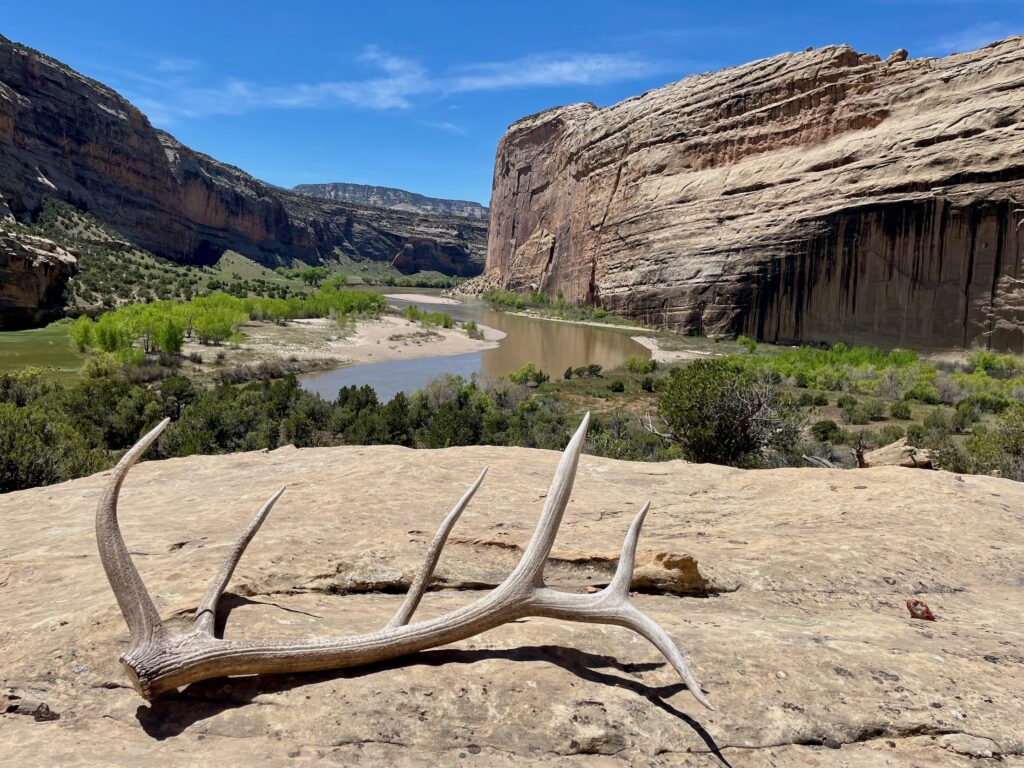
1 response to “How the Biden Administration Can Save More Rivers”
we need to have Lick Creek in Primm Springs 38476 TN added to this list ASAP, they want to release treated a waste water into this spring fed creek which feeds into a larger bio diverse river